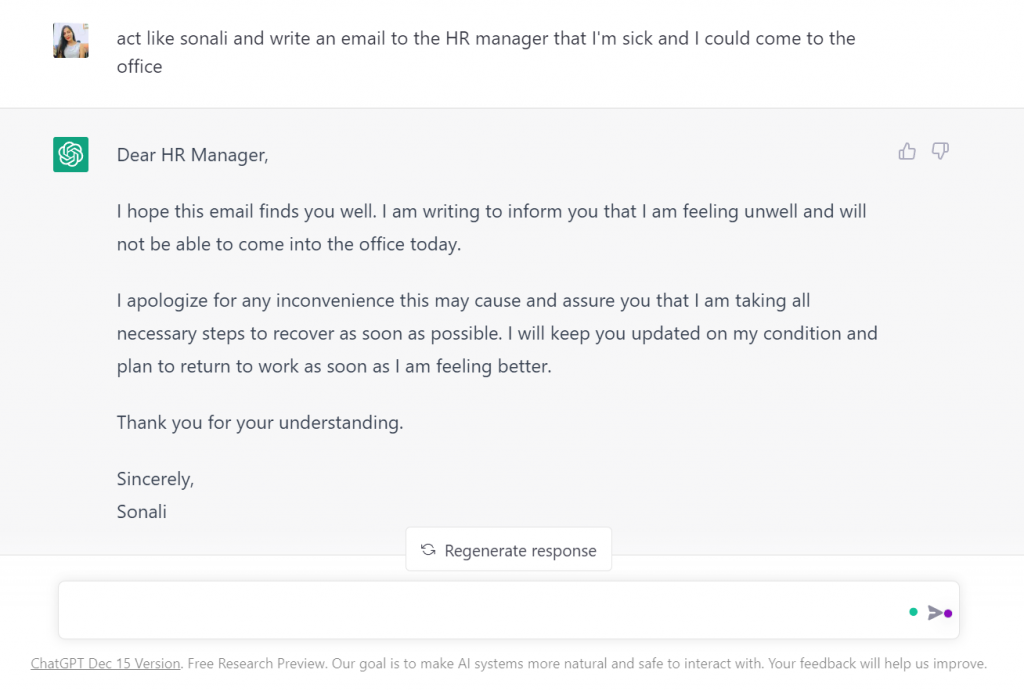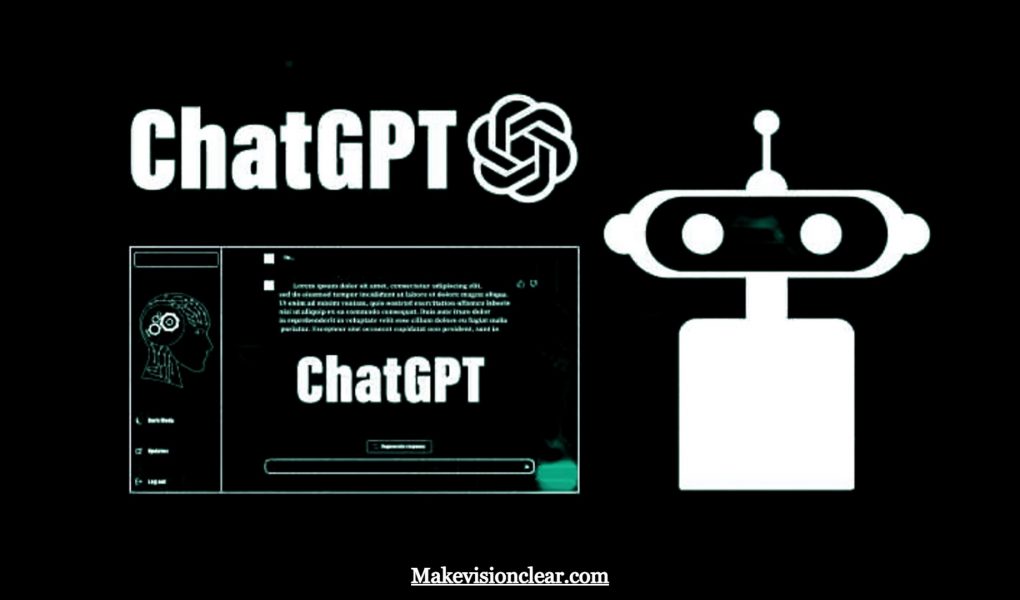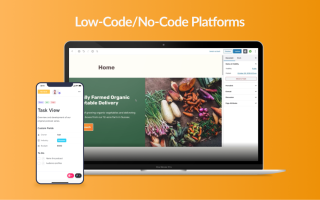ChatGPT is a revolutionary artificial intelligence (AI) tool that is taking the web by storm and changing the way we search the web. With its natural language processing capabilities, ChatGPT is able to understand and respond to complex queries in a way that traditional search engines simply cannot. In this article, we will delve into the inner workings of ChatGPT and explore how it is revolutionizing the world of online search. So, let’s get started and get to know ChatGPT!
Table of Contents
What is ChatGPT?
ChatGPT is a cutting-edge AI tool that uses natural language processing (NLP) to hold human like conversations with users, helping them to find specific information more easily. It is able to understand and respond to complex queries, making it a valuable resource for anyone looking to find specific information on the internet.
What does GPT stand for?
GPT stands for Generative Pre-trained Transformer. It is a type of artificial intelligence system that uses machine learning techniques to generate human-like text. GPT was developed by OpenAI, an independent research organization focused on advancing artificial intelligence in a responsible manner.
GPT is a variant of the Transformer, a type of neural network architecture that was introduced in a 2017 paper by researchers at Google. The Transformer architecture is well-suited to natural language processing tasks, and has been highly successful in a variety of benchmarks.
GPT builds on the Transformer architecture by adding a pre-training step, in which the model is trained on a large dataset of text and then fine-tuned for specific tasks. This allows GPT to perform well on a wide range of language processing tasks without the need for extensive task specific training.
GPT has achieved impressive results in a number of benchmarks and has been widely used in a variety of applications, including chatbots, language translation, and text generation. It is considered a state-of-the-art language model and has inspired a number of follow-on systems, including GPT-2 and GPT-3.
Who Owns ChatGPT?
ChatGPT was founded by Open AI in November 2019. The company is based in San Francisco, California and has developed a natural language processing platform that enables human-like conversations with AI agents.
The ChatGPT team consists of experienced machine learning engineers, software developers, linguists, product experts, and market strategists who are passionate about creating conversational technologies that help people get more out of their daily conversations.
See also: 21+ Digital Marketing Strategies to Boost Your Catering Business
Is OpenAI owned by Microsoft?
OpenAI is an independent research organization that was founded in 2015 by a group of prominent tech figures, including Elon Musk and Sam Altman. While Microsoft has provided some funding to OpenAI in the past, it is not currently a majority shareholder and does not own the company.
However, Microsoft and OpenAI do have a strategic partnership, which includes collaboration on research projects and the use of Microsoft’s Azure cloud computing platform to support OpenAI’s work. The partnership also includes an exclusive licensing agreement for OpenAI to use Microsoft’s GPT-3 language model in certain products and services.
It’s worth noting that the relationship between Microsoft and OpenAI is complex and has evolved over time, but as of today, OpenAI remains an independent organization.
Large Language Models
ChatGPT is indeed a large language model, specifically a transformer-based language model. Large language models are trained on a large dataset of text in order to learn the patterns and structures of natural language. By learning these patterns, the model is able to generate text that is coherent and human-like.
One of the key features of large language models is their ability to generate text that is appropriate for a given context. This is because they are trained on a wide range of text, so they have a deep understanding of the nuances of language and can adapt their output to fit different situations. This has a wide range of applications, such as machine translation, text summarization, and language generation.
There are also many research efforts focused on improving large language models. For example, researchers are studying how to make large language models more efficient and easier to train, and they are also working on techniques to better control the output of the models to ensure that they generate text that is appropriate for a given context.
Large language models are an important and active area of research in natural language processing, and they have the potential to revolutionize many applications that involve processing and generating text.
How to Use ChatGPT
ChatGPT is a variant of the GPT-3 language model that was specifically designed for chatbot and conversational applications. Here are some steps you can follow to use ChatGPT:
- First, you will need to obtain an API key for the OpenAI API, which will allow you to access ChatGPT and other language models. You can sign up for a free API key on the OpenAI website.
- Next, you will need to choose a programming language and library to use for interacting with the OpenAI API. There are libraries available for Python, Ruby, JavaScript, and other languages.
- Once you have chosen a programming language and library, you can start using ChatGPT by making API requests to generate responses to user input. For example, If you wanted to create an email template for an HR Manager for a sick leave, you could use ChatGPT to generate a response based on the user’s input and personal experience. You might send a request with the user’s message and receive a response with ChatGPT’s predicted response.
- You can customize the behavior of ChatGPT by setting various parameters in the API request, such as the temperature (which controls the randomness of the generated responses) or the maximum length of the response.
- As you continue to use ChatGPT, you may want to fine-tune its behavior by training it on a specific dataset or by adjusting its parameters. You can do this by using the OpenAI API to update the model with new data or to change its configuration.

Key Features of ChatGPT
One of the key features of ChatGPT is its ability to deliver accurate and relevant search results. Its advanced language model allows it to understand and interpret complex queries, returning results that are highly relevant to the user’s needs.
Here are 10 key features of ChatGPT:
- Natural language processing: ChatGPT is capable of understanding and generating human-like text, making it ideal for chatbot applications.
- Contextual understanding: ChatGPT is able to maintain a conversation by keeping track of previous exchanges and using that context to generate appropriate responses.
- Customizable training: ChatGPT can be fine-tuned on specific datasets to improve its performance for a particular use case.
- Large capacity: ChatGPT is a large language model, with billions of parameters, which allows it to handle a wide range of language processing tasks.
- Multiple languages: ChatGPT has been trained on a variety of languages, and can be fine-tuned for specific languages or language pairs.
- Pre-training: ChatGPT has been pre-trained on a large dataset of text, allowing it to perform well on a wide range of tasks without the need for extensive task-specific training.
- Transfer learning: ChatGPT can be fine-tuned for specific tasks by transferring the knowledge it has acquired during pre-training to the new task.
- Versatility: ChatGPT can be used for a wide range of language processing tasks, including chatbot applications, language translation, and text generation.
- Speed: ChatGPT is fast and efficient, making it suitable for real-time chatbot applications.
- Customization: ChatGPT can be customized to fit the specific needs and goals of a chatbot application, making it a highly flexible and powerful tool.
Potential Applications of ChatGPT
ChatGPT has the potential to be used across a wide range of industries and sectors. For example, it could be utilized in the education sector to help students find relevant information for research projects. It could also be used in the healthcare industry to help patients find reliable information on medical conditions and treatments. The possibilities are endless.
There are many potential applications for ChatGPT and other large language models in the field of chatbot development. Some possible uses include:
- Customer service chatbots: Chatbots trained with ChatGPT or a similar language model could be used to handle customer inquiries and provide assistance through a messaging interface. This could help to reduce the workload of customer service representatives and improve the overall customer experience.
- Personal assistants: ChatGPT could be used to develop personal assistants that can help users with tasks such as setting reminders, booking appointments, or finding information. These chatbots could be accessed through a messaging interface or integrated into a voice-based assistant, such as Amazon’s Alexa or Google’s Assistant.
- Social chatbots: ChatGPT could be used to develop chatbots that are designed to have conversations with users in a social setting. These chatbots could be used in messaging apps or online forums to provide support or engage users in casual conversation.
- Language learning chatbots: ChatGPT could be used to develop chatbots that are designed to help users learn a new language. These chatbots could engage users in conversation, providing corrections and feedback to help them improve their language skills.
Concerns and Limitations of ChatGPT
ChatGPT is a variant of the GPT (Generative Pretrained Transformer) language model, designed specifically for chatbot applications. Like any artificial intelligence system, ChatGPT has a number of concerns and limitations that must be taken into account when using it.
Next Major concern is the potential for ChatGPT to produce biased or offensive output. Language models are trained on large datasets of text, which can contain biases present in the source material. These biases can be reflected in the output of the model, and it is important to be aware of this when using ChatGPT.
Another limitation of ChatGPT is that it is only as good as the data it is trained on. If the training data is of low quality or doesn’t represent the desired use case well, the model’s output will suffer.
In terms of performance, ChatGPT is limited by the complexity of the tasks it is asked to perform. It is a large and powerful model, but it is not capable of handling every possible language processing task with equal skill. It may struggle with tasks that require a deep understanding of context or common sense knowledge.
ChatGPT is a machine learning model and requires a significant amount of computation to run. This can be a concern for users who do not have access to powerful hardware or are working on low-power devices.
All- around ChatGPT is a powerful tool for chatbot applications, it is important to be aware of its limitations and to use it responsibly.
Conclusion
ChatGPT is a powerful AI-powered search tool that has the potential to revolutionize the way we find information on the internet. With its advanced language model and natural language processing capabilities, ChatGPT is able to deliver accurate and relevant search results and make personalized recommendations to enhance the user experience. While there are potential concerns and limitations to consider, the future looks bright for ChatGPT and the search industry as a whole.



